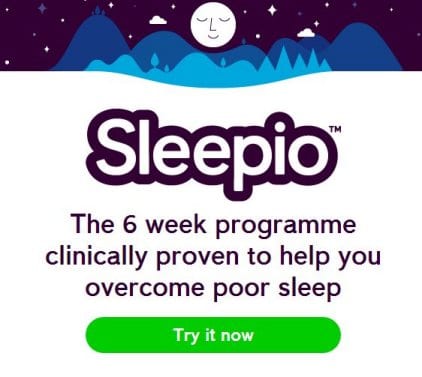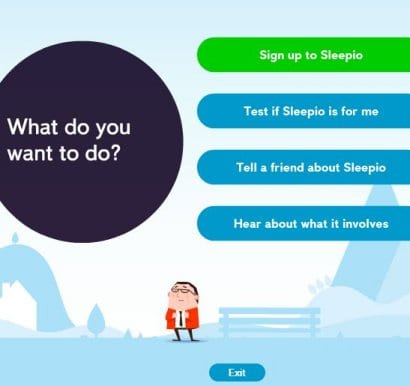The ongoing VLE Options Appraisal is a useful opportunity to look at the wider issues around virtual learning environments. VLEs have come a long way since Dearing* but in terms of keeping up with wider developments on the internet, in particular the move to openness and connectivity, they can sometimes look a little out of date.
Open academic practice and the rise in content management systems are examples of formidable challenges to the VLE. Compare a locked down password protected environment to contemporary social media and you’ll soon find support for the VLE critics who say it is a staff driven content store, low on genuine pedagogical interaction and pretty ugly too.
So has the VLE failed? No, I don’t think so. It might never be the number one choice of personal learning environment but it has untapped potential. Rather than be critical of the tool, it may be worth investing more in research not only on the way it is – and could be – used within the institution, but exactly what staff need to get started – as well as to get innovative.
Over the past decade a giddy variety of technologies have been personalised for education. Their mix is both widening and deepening the gap between active users and those who are less confident with online practices. Innovation tends to be led by those with digital thought patterns who sometimes find it hard to conceive of worlds where paper and pen are preferred. The word learning needs to be added to technologist. Learning technology describes roles which can bridge the gaps between technical support and pedagogical design for teaching and learning in a digital age. Outputs from the JISC Digital Literacies programme will be useful but how broadly they’ll be disseminated to those who have yet to move beyond uploading content and horizontal browsing remains to be seen.
Unless we shift from the tool to the user then the full potential of any VLE cannot be realised. The VLE Options Appraisal is an opportunity to look beyond decisions based on the cost of the technology towards how best the university can resource the use of the technology. Digital scholarship in 21st century should include confidence with utilising the affordances of ANY virtual learning environment. To do this will inevitably improve the quality of use of those learning tools which are institutionally supported and maintained.
* Report of the National Committee on Inquiry into Higher Education (1997) https://bei.leeds.ac.uk/Partners/NCIHE/
Keep up to date at the 2012 VLE Strategy blog http://vlestrategy.blogs.lincoln.ac.uk/



